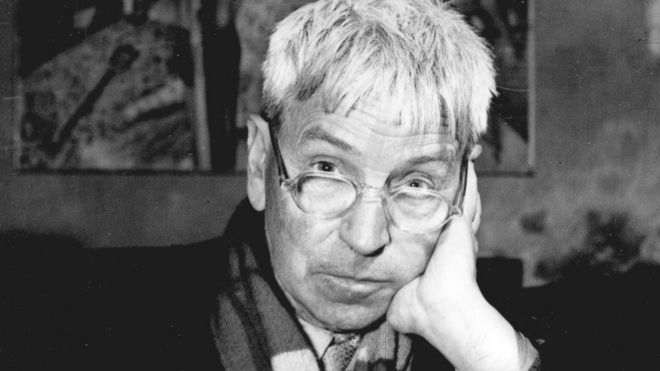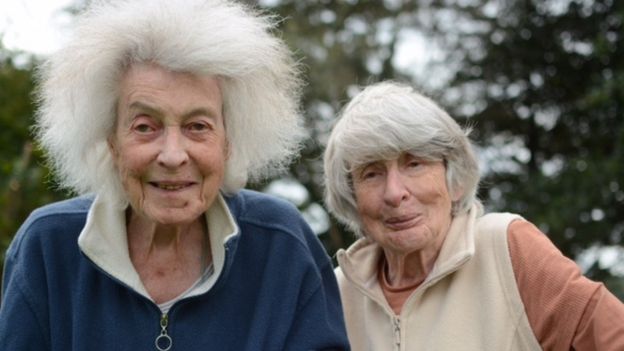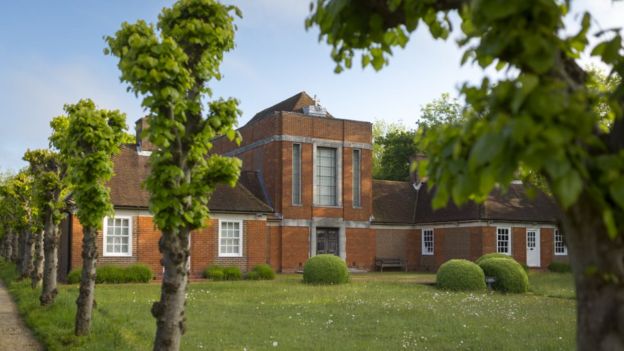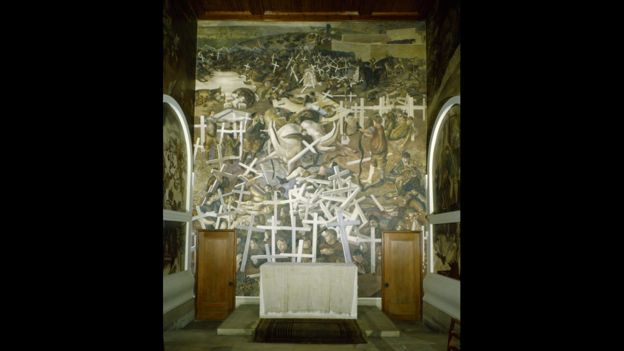
Lella Vignelli, a designer who, with her husband, Massimo Vignelli, introduced a spare, elegant style to a wide range of products and corporate brands, attracting an international clientele, died on Dec. 22 at her home in Manhattan. She was 82.
The cause was dementia, her son, Luca, said.
Ms. Vignelli, an architect by training, brought a three-dimensional imagination to her husband’s graphic-design sensibility. Together, they were a two-person design army with a shared aesthetic — sleek and intelligent — that appealed to clients eager to express a new identity or to develop products with bold, modernist lines.
After working with Italian companies like Pirelli and Olivetti in the early 1960s, the Vignellis established an American base of operations through Unimark, their corporate branding company, and, later, Vignelli Associates, which they founded in 1971, and a sister company, Vignelli Designs, which began in 1978.
The Vignellis gave American Airlines its double-A logo and Bloomingdale’s its signature brown paper bags. They designed brightly colored melamine dishware for Heller, stacking fiberglass chairs for Knoll and the interior of St. Peter’s Church — the triangular structure at the base of the building previously known as Citicorp Center in Midtown Manhattan — from the pews to the altarware to the organ.
Their work was collaborative, with areas of specialization.
“We sort of break the idea together,” Ms. Vignelli said in a 1981 interview at the Parsons School of Design. “Then, generally, if it’s graphic, it’s in his field, and if it’s three-dimensional, it’s my field, but we always cross over.”
Ms. Vignelli had a special feel for silver, reflected in two objects she designed for the Italian silversmith San Lorenzo — a ribbed teapot and a malleable necklace called Senza Fine (“Endless”).
“All of this work bears the mark of clarity and simplicity,” Mr. Vignelli wrote in the introduction to his book “Designed by: Lella Vignelli” (2013). “Lella’s work is solid, timeless, responsible and — in its essence — extremely elegant.”
Ms. Vignelli was born Elena Valle on Aug. 13, 1934, in Udine, in the Friuli region of Italy. Lella was her childhood nickname. Her father, Provino, was an architect, as were her sister Nani, a professor at the University of Venice School of Architecture, and her brother Gino. Together, Nani and Gino ran an architectural practice, Valle Studio. Her mother, the former Ave Rege, was a homemaker.
She met Mr. Vignelli, who was from Milan, at an architecture convention, and the two enrolled at the University of Venice School of Architecture to be closer together. They married in 1957 after Mr. Vignelli accepted an offer to do design work in the United States.

With the help of her brother, Ms. Vignelli was accepted as a special student at M.I.T.’s architecture school.
Mr. Vignelli died in 2014. In addition to her son, Ms. Vignelli is survived by a daughter, Valentina Vignelli, and three grandchildren.
After working as a junior interior designer for the architectural firm Skidmore, Owings & Merrill in Chicago, Ms. Vignelli returned to Italy, where she and her husband opened an architecture and design office in Milan, working with Pirelli, Olivetti and several publishers. She completed her studies at the University of Venice, receiving an architecture degree in 1962.
Returning to the United States in 1965, the Vignellis joined with Ralph Eckerstrom, vice president of advertising for the Container Corporation of America, the Dutch-born graphic designer Bob Noorda and others to create Unimark, a design consulting firm that started the trend of top-to-bottom corporate branding. Business boomed, and the company opened 11 offices around the world.
The Vignellis founded Vignelli Associates, with offices in New York, Paris and Milan, in 1971. Three years later, Ms. Vignelli was installed as chief executive of Vignelli Designs, which concentrated on furniture, objects, exhibitions and interiors. The company’s design work included the stacking fiberglass Handkerchief chairs for Knoll (1982) and the Serenissimo line for Acerbis (1985), a series of glass-topped tables resting on thick cylindrical legs.
Over time, Ms. Vignelli assumed the lead in running the businesses, while the more extroverted Mr. Vignelli became the team’s public face. “I am practical,” she told The Observatory, the blog of the Design Observer Group, in 2010. “Massimo is creative, but he is disorganized.”
For many years, her contributions were simply ignored by the design and architecture press, which often credited Mr. Vignelli alone for the couple’s work. This was a source of frustration to both of them.
Parsons School of Design organized a retrospective of their work in 1980.
“The Vignellis do not really have a style as such,” the architecture critic Paul Goldberger wrote in The New York Times. “All of their work could be described as clean, and it is relatively spare, but it is not austere. It is luxurious without being plush, and that takes a certain discipline, which is evident throughout this body of work.”
He added, “The best of the Vignelli designs manage to bring together visual pleasure and ease of use, relate to the history of design yet give us the sense that we are seeing something beautiful made in a way we have never seen it before.”
The Vignellis donated their archives to the Rochester Institute of Technology, where the Vignelli Center for Design Studies opened in 2010.
“If you do it right, it will last forever,” Ms. Vignelli told New York magazine in 2007. “It’s as simple as that.”








